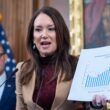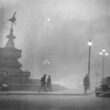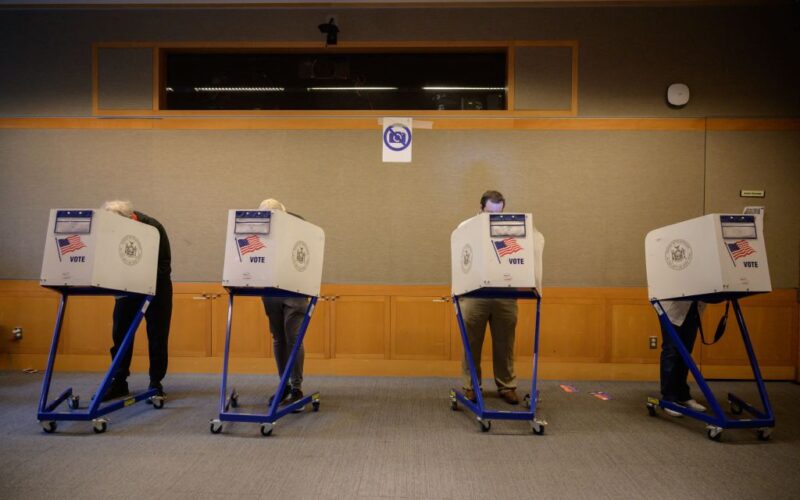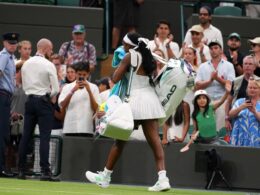In the 2021 New York City mayoral general election, voter participation dropped to a historic low. Only about 23% of registered voters turned out to vote. In raw numbers, that meant that just more than one million New Yorkers, in a city of eight and a half million people, ended up deciding who would lead City Hall.
We’ve been watching turnout in our local elections decline steadily since 1989, when 60% of registered voters cast ballots in the mayor’s race. The trend is alarming and signals a crisis in our local democracy. But this November, New Yorkers have a rare opportunity to reverse it.
If you live in New York City, flip over your ballot and you’ll find the proposals. Number Six is a City Charter amendment that calls for moving our local elections to even-numbered years, so they line up with federal elections.
A “yes” vote on Proposal Six would mean city elections, including for mayor, comptroller, City Council, and more, would happen at the same time as presidential elections, when far more people vote. This change is one of the most powerful steps we can take to bring more New Yorkers into the democratic process.
For decades, turnout in New York City’s off-year elections has been dismal. But presidential election years are a completely different story. In 2020, nearly three million New Yorkers voted in our presidential election, or roughly 61% turnout. That is nearly triple the number of people who cast a ballot in our last mayoral race. By changing our election calendar, we can bring the same robust level of civic participation we see in presidential years to our local elections, ensuring that the people making decisions for our neighborhoods actually reflect the city we live in.
In presidential election years, we see turnout among Black and Asian voters triple and Latino turnout increases nearly five-fold. Young voters are far more engaged: turnout among 18 to 29-year-olds jumps from 12% in odd years to 58% in presidential years. Bottom line: more people voting in local elections means greater visibility for local issues, offices and candidates.
Some argue that putting local elections on the same ballot as federal contests will cause voters to “drop off” and not actually vote on the mayor’s race or ballot questions. But decades of research and our own experience in New York indicates that’s not a real risk. When local races are moved to high-turnout years, participation doesn’t just rise, it surges.
In many cities around the country, turnout for mayor and council races has doubled or even tripled after such a shift. And here in New York, we already see it happening: in 2024, a statewide ballot question tucked at the very end of the presidential-year ballot drew 2.4 million votes, more than double the votes cast for mayor in 2021, when that race topped the ballot.
This reform is about more than just numbers. Moving elections to even years would close longstanding participation gaps, particularly for young voters and voters of color who are underrepresented in odd-year elections. When more people vote, elected officials must respond to a broader public, not just a narrow, motivated base.
And far from drowning out local issues, aligning elections with national ones will give them more attention. Presidential years bring massive media coverage and civic energy. When people are paying attention to politics, they are more likely to seek out information about candidates for City Council, mayor, and other local offices. Civic groups say they are better able to engage and educate voters when local elections line up with the national cycle, because outreach efforts and funding are at their peak.
There is also a practical benefit: consolidating election years will save the city tens of millions of dollars, freeing up resources for schools, housing, and public safety. Other cities, such as Los Angeles, Baltimore, Phoenix, and Austin, have made this change and seen dramatic increases in turnout and representation. It’s time for New York to join them. Democracy is strongest when we maximize participation.
Our current, off-cycle election calendar may have made sense a century ago. Today, it only dampens participation and keeps power in the hands of a small minority of dedicated voters. This November, New Yorkers can change that.
This election day, vote yes on Proposal Six. Our democracy — and our city’s future — depend on it.
Rauh is the executive director of Citizens Union, New York’s oldest good government group.








